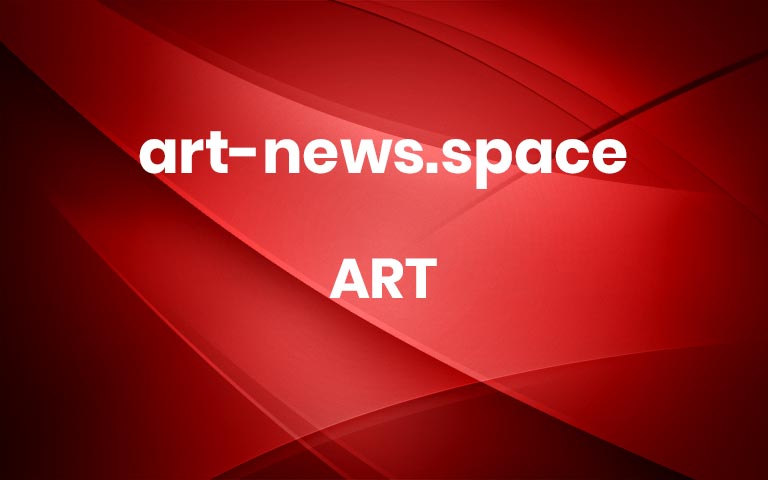12,000 Sheets of Wrinkled Rice Paper Drape Around a Monumental Installation by Zhu Jinshi
Art
#bamboo
#installation
#paper
#sculpture
October 15, 2021
Grace Ebert
“Boat” (2015), Xuan (rice) paper, bamboo, cotton threads, 18 x 7 meters. All images courtesy of the artist and Pearl Lam Galleries, shared with permission
More than 12,000 sheets of delicate Xuan paper form the ruffled exterior of Zhu Jinshi’s suspended “Boat” sculpture. The renowned artist, who’s currently living and working in his hometown of Beijing, is widely regarded for pioneering Chinese abstract art, and this monumental installation from 2015 is a reflection of his conceptual, meditative practice.
Spanning 18 meters long and seven meters wide, “Boat” is comprised of wrinkled paper layers draped around bamboo frames. Countless thin cotton threads hold the individual components in place and intersect the curved, tunnel-like form with straight lines that extend vertically to the ceiling. Bisected with a central space for viewers to pass through, the metaphorical work considers the passage of time and space and is an extension of Zhu’s 2007 installation “Wave of Materials” (shown below), which features a single, halved form anchored to the gallery floor with stones.
The artist is exhibiting at West Bund Art and Design 2021 next month and is opening a solo in Shanghai at the end of the year. Until then, explore an archive of his works at Pearl Lam Galleries and on Artsy.
“Boat” (2015), Xuan (rice) paper, bamboo, cotton threads, 18 x 7 meters
Detail of “Boat” (2015), Xuan (rice) paper, bamboo, cotton threads, 18 x 7 meters
Detail of “Boat” (2015), Xuan (rice) paper, bamboo, cotton threads, 18 x 7 meters
“Wave of Materials” (2007), Xuan paper, cotton thread, bamboo, and stones
“Wave of Materials” (2007), Xuan paper, cotton thread, bamboo, and stones
#bamboo
#installation
#paper
#sculpture
Do stories and artists like this matter to you? Become a Colossal Member and support independent arts publishing. Join a community of like-minded readers who are passionate about contemporary art, help support our interview series, gain access to partner discounts, and much more. Join now!
Share this story
More


